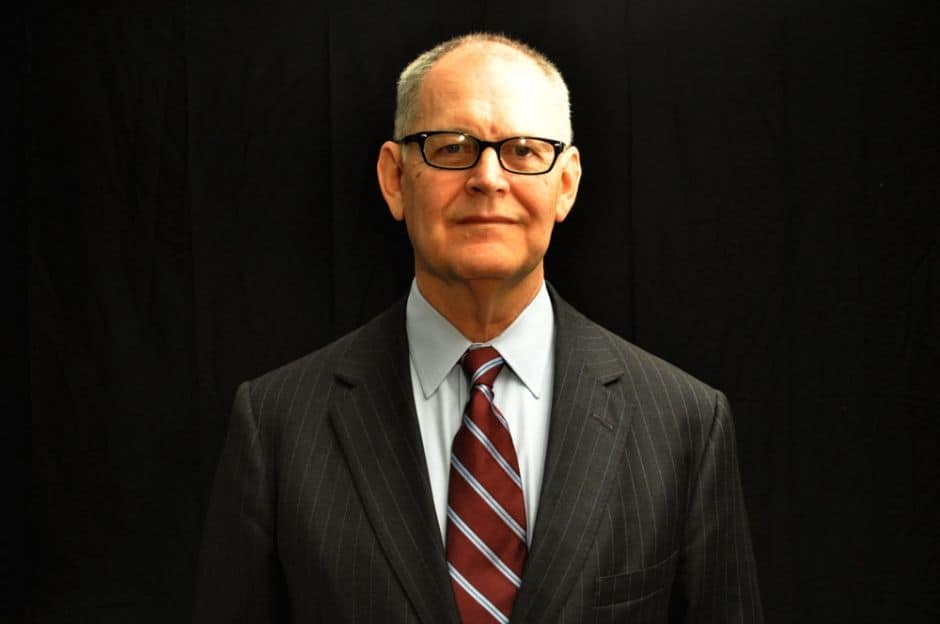Introduction
As Ronald Reagan once famously said, “There you go again.”
The culprits in this case are health insurance companies that want to change ObamaCare so they can keep selling highly profitable junk insurance to young people and keep charging older folks so much in premiums they have little money left over for anything else.
What’s happening now is a repeat of the tactics insurers employed during the final weeks of the health care reform debate. Back then, they papered Washington with a flawed “study” warning that premiums would soar if lawmakers ignored their recommendations. And now insurers are once again disseminating a new study with similar predictions. This time they’re trying to convince us that coverage for all young adults will become unaffordable next year if Congress doesn’t gut an important consumer protection in the reform law.
In 2009, shortly before the Senate voted on reform, America’s Health Insurance Plans —the main industry trade group —hired PricewaterhouseCoopers to estimate how much premiums would increase under the law. The study was quickly discredited, however, when it became clear that the accounting firm had ignored sections of the legislation that would keep coverage more affordable.
The current study, by the actuarial firm Oliver Wyman, also suffers from sins of omission —which raises concerns that this new effort may also have been influenced by the insurance industry. (Oliver Wyman has not responded to my request for comment.)
Even if it didn’t finance the study, which was published last week in the trade publication Contingencies, AHIP is using it as part of its campaign to persuade Congress to delay or repeal a provision of the reform law. That provision, which takes effect Jan. 1, 2014, will prohibit insurers from charging older people more than three times as much as younger people.
“NEW STUDY FINDS AGE RATING RESTRICTIONS WILL INCREASE PREMIUMS FOR YOUNGER INDIVIDUALS,” reads the headline of a story on AHIP’s website.
Oliver Wyman maintains that “because of changes required by the ACA…premiums for younger, healthier individuals could increase by more than 40 percent.” The problem is that the firm doesn’t tell us enough about how it arrived at that conclusion for us to trust the math. It says the “rating factors” it used in its calculations are proprietary.
And then there are the omissions. Nowhere to be found in the Contingencies article is mention of the fact that for most young adults, the Affordable Care Act will enable them to obtain affordable, decent coverage for the first time. They’ll do that either by staying on their parents’ policies until age 26 if they can’t find a job that offers coverage, or through the expansion of the Medicaid program or the availability of premium subsidies for low-income individuals and families.
While it is true that some young adults who are currently insured will pay more, the important word here is “some.” The majority will not.
Here’s what you need to know that isn’t included in any of the industry’s talking points:
Young adults comprise the largest segment of the uninsured. That’s primarily because they either don’t have jobs that offer coverage or they don’t make enough money to pay the premiums insurance companies charge.
Because so many of them have low (or no) incomes, an estimated eight million of the currently uninsured 18 to 34-year-olds will qualify for Medicaid if all states expand eligibility to include people earning up to 138 percent of the federal poverty level (FPL).
Another 9 million will qualify for subsidies on the new state exchanges, where options will be better than what the current market offers because junk insurance with ridiculously limited benefits and high deductibles will be outlawed. According to the Young Invincibles, a nonprofit advocacy group, of the 11.2 million uninsured young people between 21 and 29, almost 90 percent will be eligible for subsidies. So most young folks will be able to get decent coverage for less than what they can find today.
And if they have better-than-average jobs and make too much to qualify for subsidized coverage (subsidies will be available for individuals earning up to 400 percent of the FPL) the ACA gives people under 30 the option of buying cheaper “catastrophic” policies.
As the Young Invincibles pointed out in a recent letter to the federal government, of the 6.2 million uninsured between 21 to 25, approximately 5 million earn below 300 percent of the federal poverty level. And of those in that age range who currently have private coverage and earn more than that, only 2.5 percent will be adversely affected by the age rating changes.
While it’s regrettable that even 2.5 percent of people in that age group will likely have to pay more, it’s not a good enough reason to delay or repeal an important provision of the law that will make coverage more affordable for many more Americans. Don’t let the insurance industry and its allies convince you otherwise with studies that don’t tell the whole story.
Read more in Health
Wendell Potter commentary
OPINION: distorted spin from health insurers and their friendly front groups
SHOUT America claims to represent young folks worried about costs, but don’t be fooled
Wendell Potter commentary
OPINION: differing notions of ‘affordability’
Insurers want more premiums but they don’t really want to expand coverage


Join the conversation
Show Comments